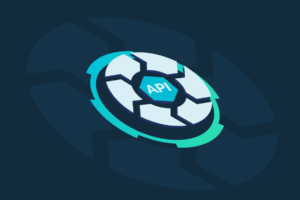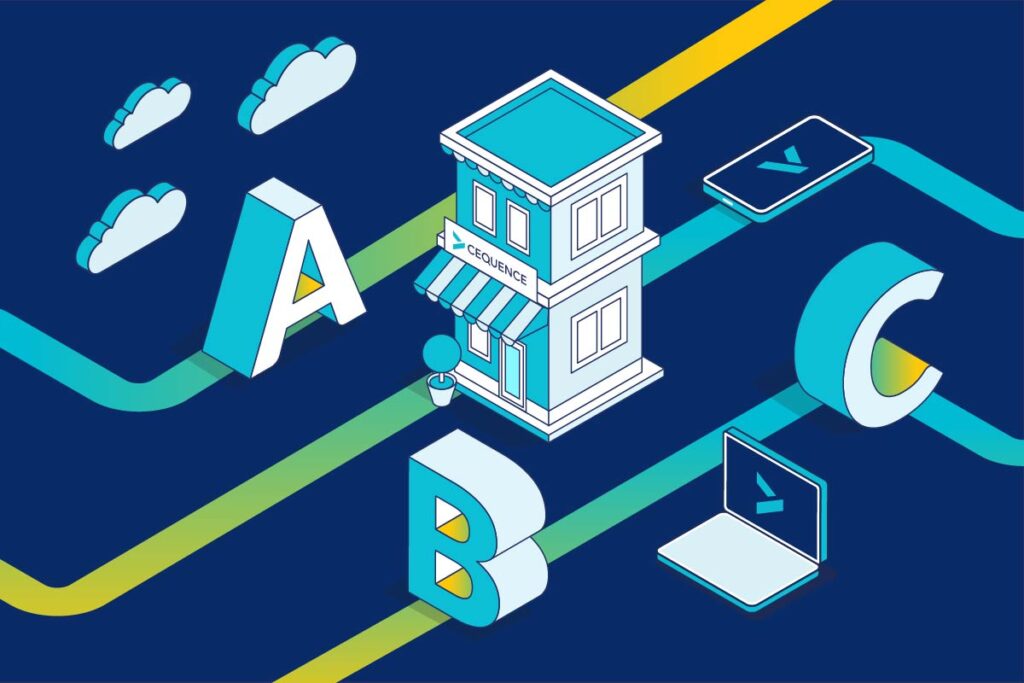The Digital Experience Under Threat
A good digital experience drives brand loyalty and revenue. Today’s customer journeys span multiple touchpoints including web, mobile, and APIs, and increasingly rely on AI-driven personalization to deliver instant relevance. Every interaction feeds data into algorithms that predict intent and streamline conversion.
Unfortunately, attackers and their bot armies have learned to exploit this sophistication. They infiltrate APIs, mimic human traffic, and manipulate user flows. The result is disrupted user sessions, unreliable analytics, and declining trust. When malicious automation interferes with the user journey, the digital experience loses its greatest assets — consistency and predictability.
Why Customer Journeys Depend on Trust and Consistency
Customer trust rests on seamless interactions with predictable outcomes. Delays, unexpected CAPTCHAs, or broken checkout flow introduces friction that drives users elsewhere. Expectations for speed and coherence have never been higher. Indeed, one of Google’s top metrics for ranking search results is page speed. When a trusted retail site suddenly times out or an app rejects valid credentials, users assume the problem lies with the brand — not with automated attacks happening behind the scenes.
Malicious bots erode trust in subtle ways. They swarm sign-up forms to create fake accounts, flood login portals with credential-stuffing attempts, scrape product data through APIs, and more. Each malicious interaction drains resources and degrades legitimate user experience.
How Bots Break Customer Journeys
Malicious bots exploit every layer of a digital experience from APIs to mobile endpoints, inserting friction at the worst possible moments. They overwhelm sign-up workflows with fake registrations that clog systems and skew marketing data. During logins, credential-stuffing attacks trigger rate-limiting or additional authentication requirements, frustrating real users and causing abandonment. E-commerce scalper bots empty inventories seconds after product releases, leaving paying customers empty handed and annoyed. Even content-heavy experiences suffer as scrapers steal pricing or catalog data, undermining site and SEO performance.
API Abuse as the Silent Journey Killer
APIs are the foundation of customer journey connectivity, and attackers know it. They use APIs as high-value entry points for price scraping, credential abuse, and automated fraud. Unlike web interfaces, APIs lack the same visual or behavioral cues that distinguish humans from machines, making them a prime target for large-scale exploitation.
When bots attack APIs, it affects the customer journey just as if they were attacking the applications, but with much less visibility. Inventory data becomes unreliable. Checkout systems misfire under synthetic traffic. Fraudulent requests impact back-end performance and inflate costs. Each API call abused by bots translates to lost conversions, diminished trust, and direct revenue impact.
Business Impacts of a Broken Digital Experience
Every friction point in the customer journey carries measurable consequences. Abandonment rates climb when pages slow down or payment systems misbehave. Conversion funnels collapse when legitimate users face security challenges meant to block bots and abandon logins or carts. Over time, these failures erode brand reputation, undermine SEO, and reduce customer lifetime value.
Executives notice these effects quickly through rising acquisition costs, shrinking margins, and falling Net Promoter Scores (NPS). The connection between digital performance and business outcomes has never been clearer, and organizations that ignore bot-driven disruption risk losing both trust and market share.
To learn more about how bots directly affect your bottom line, explore the section “How can bad bots harm your business?” in the What is Bot Management? blog.
Real-World Examples of Customer Journey Disruption
The damage is not theoretical, and each of these scenarios ends with the same result: frustrated customers and diminished trust.
- Ticketing bots scoop up event seats in milliseconds, forcing fans to pay inflated resale prices
- Account takeover (ATO) attacks exploit reused credentials and weak authentication to lock out legitimate customers, generating costly support calls and reputational damage
- Fake account creation distorts engagement metrics, consumes resources, and opens pathways for fraud
Rethinking Bot Defense for Experience Protection with Cequence
Modern organizations recognize that protecting APIs and applications isn’t just about security; it’s also about preserving the customer experience. Traditional defenses CAPTCHAs and other client-side JavaScript challenges treat symptoms, not causes. They slow and frustrate legitimate users while bots evolve around static rules. How many times have you tried to solve a CAPTCHA only to have it ask you to try again?
Cequence’s approach has always been to be transparent to the customer – protecting every touchpoint in the customer journey without degrading performance. Combining advanced bot management with API discovery and runtime protection and delivered through a network-based approach that requires zero application modification, Cequence empowers organizations to maintain frictionless, trustworthy digital journeys.
What Makes Cequence’s Modern Bot Management Different
Cequence Bot Management uses behavioral analysis to determine human from synthetic traffic and good bots from bad bots. Unlike other solutions that rely on signals from end-user devices, Cequence machine learning models analyze behavioral intent to track malicious activity.
Cequence Bot Management also offers real-time mitigation, detecting attacks and autonomously creating mitigation rules and policies to stop malicious bots even while you’re sleeping. Mitigation options include blocking, rate limiting, header injection, and deceptive responses.
The Path Forward for Digital Experience Leaders
Bots threaten the very foundation of digital engagement — trust, performance, and conversion. But organizations that invest in intelligent, adaptive defenses can reclaim control over their user journeys. By aligning API security, bot management, and user experience strategy, organizations can leverage security into a competitive advantage.





